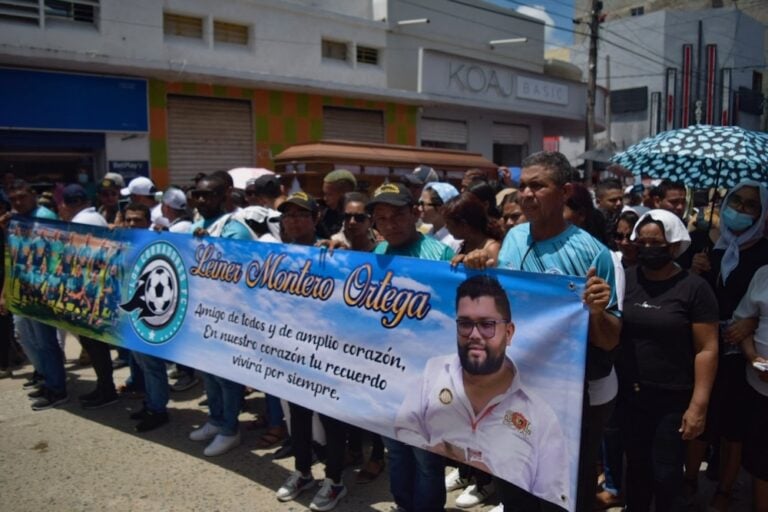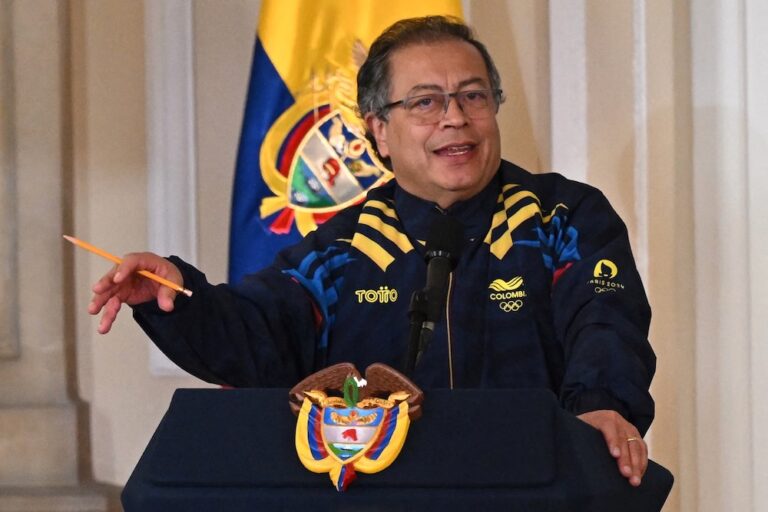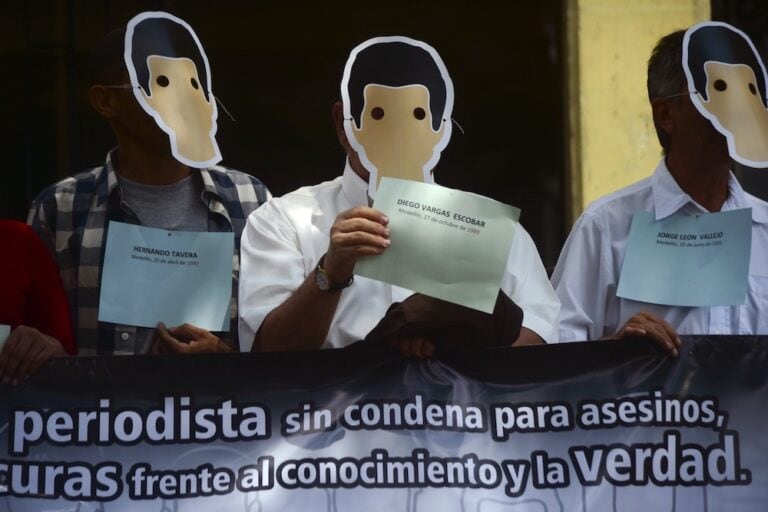(CPJ/IFEX) – On the afternoon of 26 October 1999, Colombian leftist rebels kidnapped Henry Romero, a freelance photographer who works regularly for Reuters. The rebels said Romero would be put on “trial” for revealing the identity of one of their regional commanders in a photograph. Members of the José María Becerra unit of the National […]
(CPJ/IFEX) – On the afternoon of 26 October 1999, Colombian leftist rebels
kidnapped Henry Romero, a freelance photographer who works regularly for
Reuters. The rebels said Romero would be put on “trial” for revealing the
identity of one of their regional commanders in a photograph.
Members of the José María Becerra unit of the National Liberation Army
(ELN), Colombia’s second largest guerrilla group, seized Romero at 5 p.m.,
after having summoned him and other journalists to a news conference in the
mountainous Valle del Cauca Department. The news conference was about the
ELN unit’s kidnapping of some 160 worshippers during a Roman Catholic mass
held on 30 May in Cali, Colombia’s second largest city.
The rebel commander who ordered Romero’s abduction said the journalist would
be held until he could clarify why he had taken a photograph of another
rebel commander without his trademark red-and-black face mask. Romero took
that photo, as well as other exclusive images, when he was given access to a
camp where the hostages of the 30 May kidnapping were held in early June.
The photographs were widely distributed in Colombia and helped assure
relatives that the kidnap victims were still alive.
A Reuters story published on 27 October underlined that like other Reuters
journalists based in Colombia, Romero is not responsible for the final
selection of photos distributed to the agency’s international and domestic
subscribers.
A local radio reporter told Reuters that Romero was taken away by some 20
masked rebels, presumably to one of their camps.
CPJ is deeply concerned about this kidnapping, which further illustrates how
press freedom is falling victim to Colombia’s civil war.


